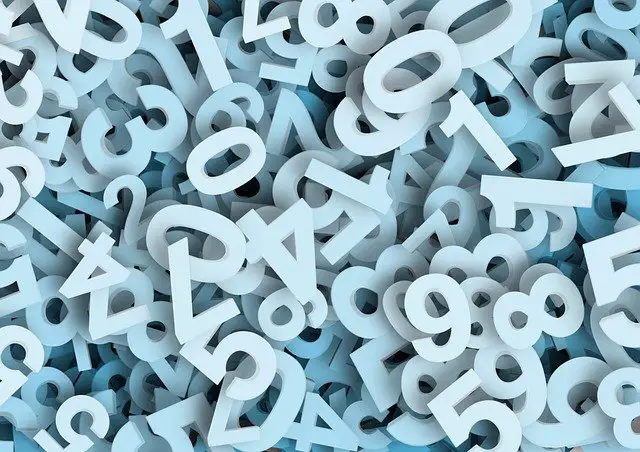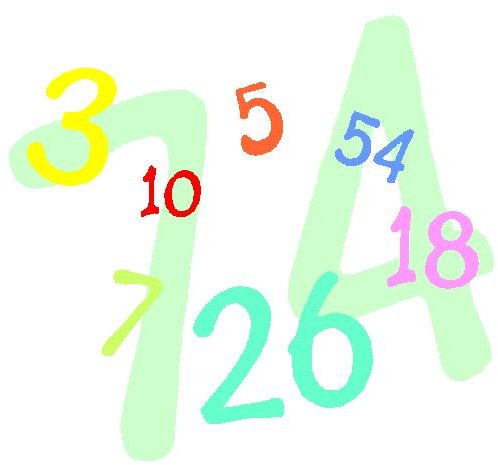How to Simplify Square Roots - Easy Math Guide
Learn How to Simplify Square Roots
Reducing radicals, or imperfect square roots, can be an intimidating prospect. It’s really fairly simple, though – all you need is a basic knowledge of multiplication and factoring. Here’s how to simplify a radical in six easy steps.
Step 1: Find a Perfect Square
Perfect squares are numbers that are equal to a number times itself. For example, 3 × 3 = 9, so 9 is a perfect square. To reduce a square root, you need to find the largest perfect square that you can divide into the number inside the root sign.
[caption id=“attachment_130899” align=“aligncenter” width=“640”] Finding the square root can be easy![/caption]
Finding the square root can be easy![/caption]
Let’s say you need to reduce the value √27. Find all the factors of 27: 9, 3, 27 and 1. Are any of those a perfect square? Yes, 9 is a perfect square. It is the only one among the factors of 27; if there were more than one perfect square, you would choose the largest one.
Step 2: Rewrite the Square Root
Next, use the perfect square you just found to rewrite your square root as a multiplication expression. √27 = √(9×3) Easy, right?
Step 3: Pull the Square Root Apart
This is another quick and easy step. Just take the two numbers under your root sign and pull them apart into two square roots, like this: √(9×3) = √9 × √3
Step 4: Reduce the Perfect Square
You now have a manageable equation! You already know what √9 is – it’s 3. So you are now left with 3 × √3, which you can rewrite neatly as 3√3. Voila! You have your answer.
Step 5: Double-check
One easy way to go wrong here is to choose the wrong perfect square. What if the perfect square you use isn’t the largest? You will still get a tidy and finished-looking solution, but it won’t be reduced completely. Here’s how you check to make sure you’ve used the right perfect square: Let’s say you need to reduce √72. Go back through the steps…First, find all the factors: 2, 4, 6, 8, 9, 12, 18, 24 and 36. There are three perfect squares on that list: 4, 9 and 36. The one you need is 36, because it’s the largest. Let’s say that you miss that one, though, and choose 9 instead. When you rewrite your square root, you will write it as √(9×8). It will pull apart to √9 × √8, and finally it will reduce to 3√8. It looks like a finished answer, but it isn’t fully reduced. If you choose 36, the largest perfect square on your list of factors, your steps will go like this: √(36×2) = √36 × √2 = 6√2. Now it is fully reduced, and you have found your answer. So how can you tell whether or not you have used the correct factor? When you think you’ve finished the problem, look at the number you have inside the root sign. In our not-fully-reduced example, that number was 8. Find the factors of that number – 2 and 4. Are any of those numbers also a perfect square? Yes. 4 is a perfect square. If the number you end up with inside the root sign has a factor that is a perfect square, your radical is not fully reduced. Let’s look at our correct-answer example. In 6√2, let’s consider the number 2. Does it have any factors that are perfect squares? No. This means that the square root is fully reduced.
Step 6: Complete Any Extra Multiplication
What if the original problem has a whole number hanging out in front of the square root? No problem. Just ignore it until you’ve finished all the other steps, and then multiply it in. If you have to simplify something like 3√72 instead of just √72, put the 3 to the side and go through steps 1 through 5 without it. After you’ve reached your answer of 6√2, put the 3 back. This gives you 3 × 6√2; just multiply the two integers together. Your final answer is 18√2. I hope this helps you answer the question on how to simplify square roots!
More Information
You can find information and practice on factoring at AAA Math. Math Warehouse offers a list of perfect squares. Image by Gerd Altmann from Pixabay
